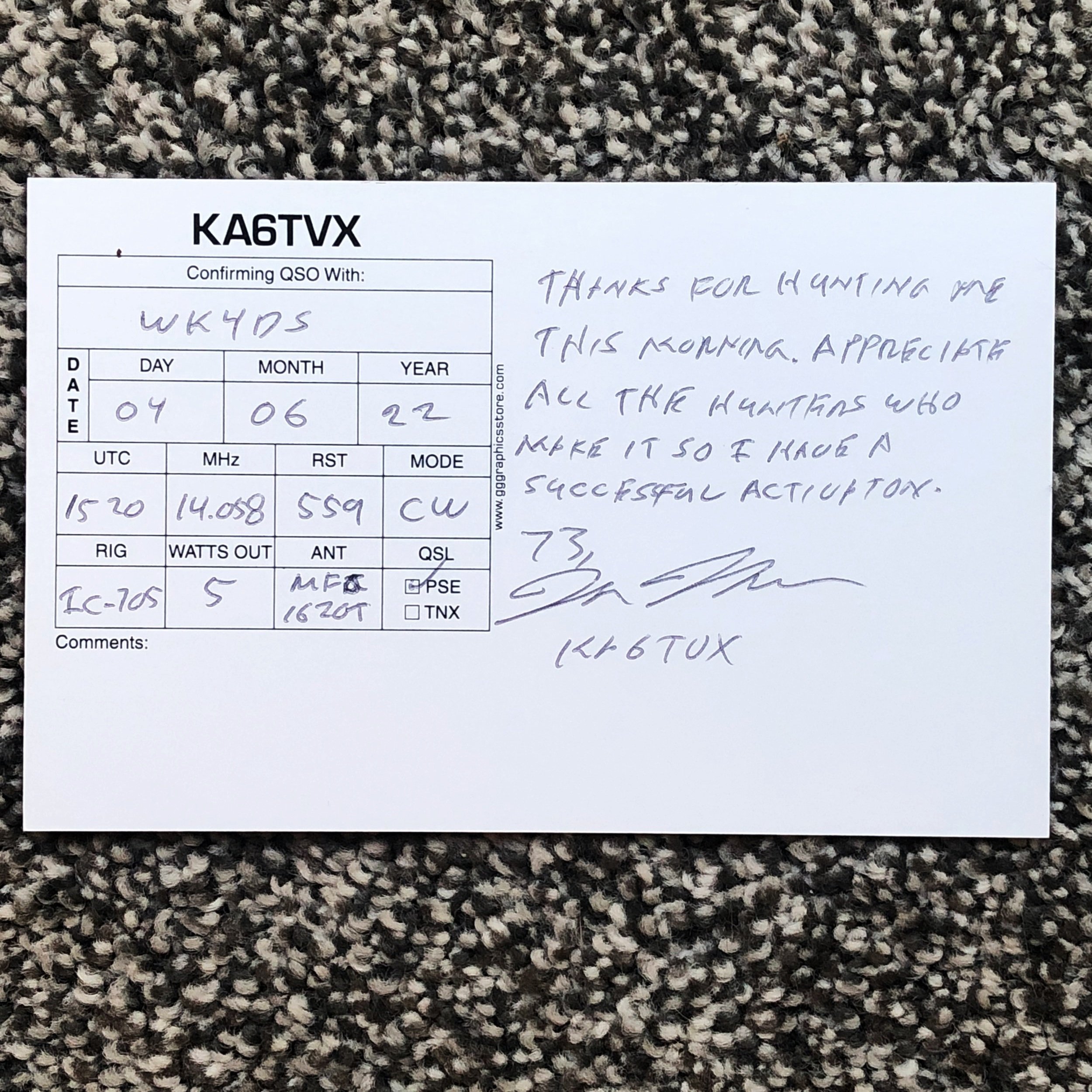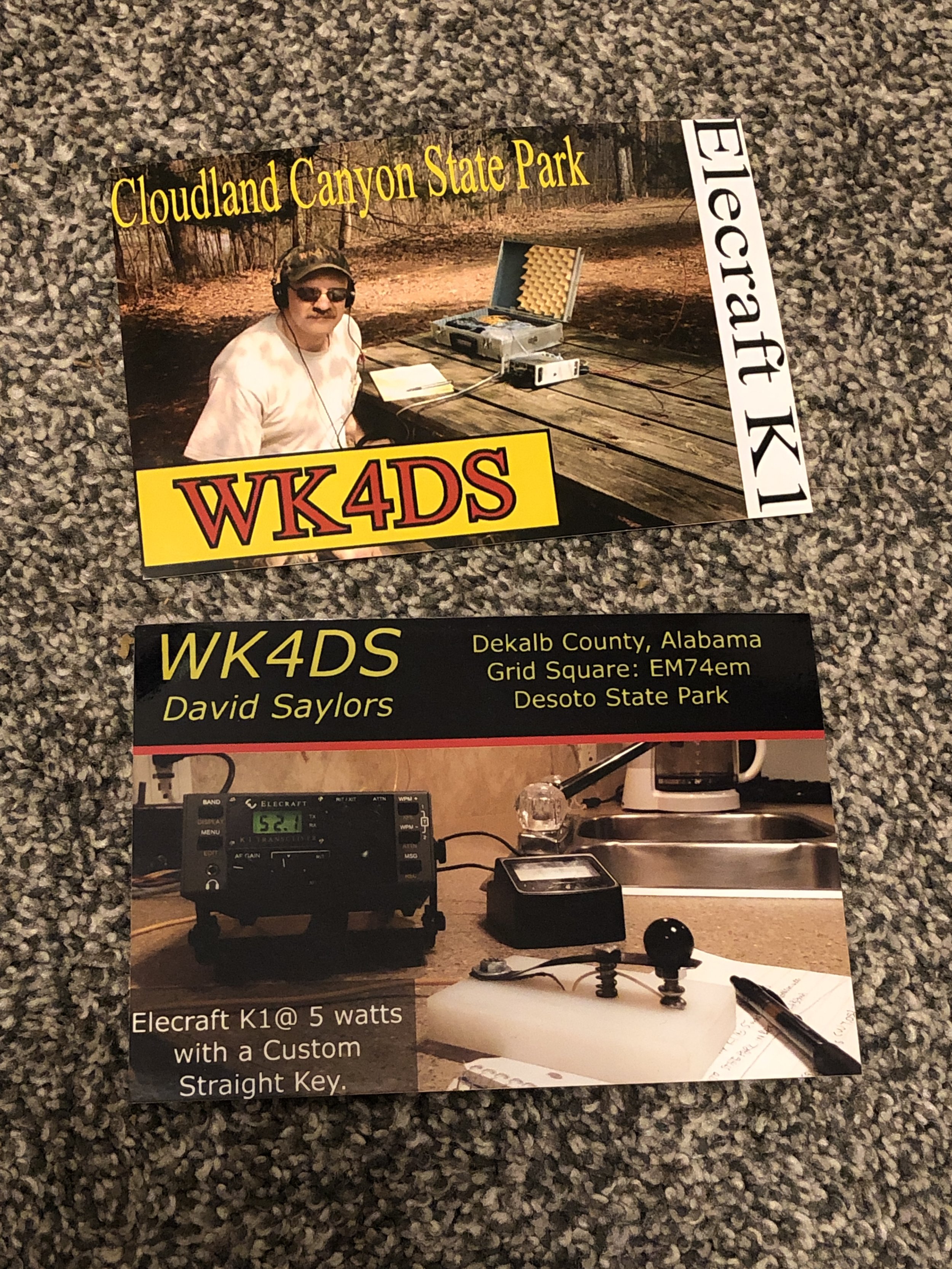When you embark down the road of ham radio you learn a lot of history as part of the journey.. A little piece of that history is QSL cards. QSL cards are super interesting to me as I am pretty sure it is one of the only times that a person involved in an activity will go to the trouble of documenting and sharing that documentation with the other involved party to confirm it happened. A QSL card is usually nothing more then a post card with the contact data on it, sometimes mailed like a post card sometimes in an envelope. Then there are “nicer” cards that will have photos on them, but the ones I REALLY like have personal hand written notes on them. Those are the best to me. If you are active in radio very much on HF at all, you will end up with at least a few of these in your mailbox. The usual courtesy for me is to reply to all cards I get in the mail, I once actively sent cards to all my contacts that I made, but I no longer do that due to the costs involved, but I will always reply to one sent to me…always.
I find it charming to keep this tradition alive, but it can get complicated too, before you throw your card in the mail, be sure to check to see how the other op handles their QSL cards, there are several ways to do it , just so your aware. Most of these are done to help either save time or money and sometimes the DX station will have rules as well as sending a “green-stamp” to offset return postage or an SASE to help them with the expense of sending those exotic cards over seas.
Since I have been out of radio for sometime, I am honestly needing new cards. I think I will go with photo cards this time and not add any special logos so they will translate to all types of radio like voice modes and even digital.
Customizing your QSL cards doesn’t have to be a once and done thing either, I have routinely made custom QSL cards in the past by just doing some photo editing and then printing photos and writing the QSL info on the back. I would always mail these in envelopes as I didn’t want the post office sorting machines abrading the photos. But this is just one way to make the card, you can literally write a letter if you wanted to… The rules are not set in stone here.
I always enjoyed getting these kind of “shack” info letters, it was always interesting for me to see what the other op was using when we made contact. Sometimes it would be a 10,000$ power house machine and sometimes it would be a homebuilt rockbound radio that cost 25$.
Yes, we had a QSO and he was transmitting with 250 milliwatts! The note about the contact is below.
So I hope if your new to amateur radio that you will consider sending some cards out and going the extra mile and personalizing them as well. Have some fun with it! That is what it is all about anyway!






